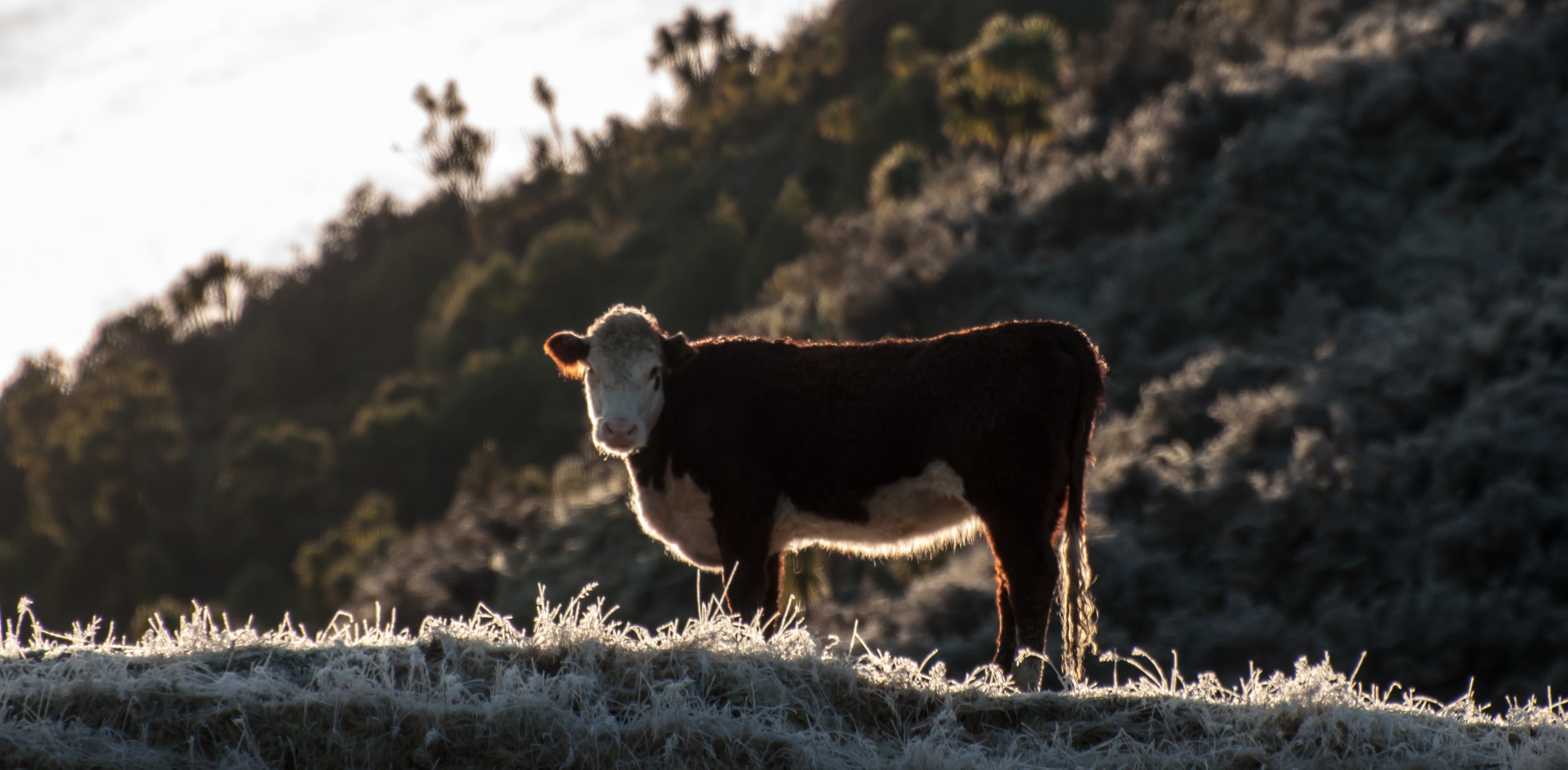Media Release
From: AgResearchGlobal collaboration leads to important break-through for agricultural methane mitigation
An international collaboration led by New Zealand scientists has made an important discovery in the quest to help lower methane emissions from animals. The findings have just been published online in the respected International Society for Microbial Ecology Journal. See here.
Methane emissions from animals account for around a third of New Zealand’s emissions. The animal itself does not produce methane but rather a group of microbes, called methanogens, who live in the stomach (rumen), and produce methane mainly from hydrogen and carbon dioxide when digesting feed. The international team which involved researchers from AgResearch (New Zealand), the Universities of Otago (New Zealand), Monash (Australia), Illinois (USA) and Hokkaido (Japan) has for the first time identified the main rumen microbes and enzymes that both produce and consume that hydrogen.
The findings are important because scientists can now begin to target the supply of hydrogen to methanogens as a new way of reducing animal methane emissions. Work will now focus on screening specific compounds that can reduce the supply of hydrogen to the methane producers without compromising animal performance. Research will also seek to find ways to divert hydrogen away from methanogens towards other rumen microbes that do not make methane.
Leader of the research programme, AgResearch Principal Scientist Dr Graeme Attwood, said: “We’re really pleased about the progress in this research because it opens up a new approach to reducing livestock methane emissions. This is vital for New Zealand to meets its greenhouse gas emission targets under the Paris Agreement and to ensure the farming of ruminants is sustainable into the future”
An important feature of the programme is its strong international collaboration with leading laboratories around the world. The involvement of AgResearch scientists has been made possible by New Zealand Government support for the activities of the Global Research Alliance on Agricultural Greenhouse Gases, a New Zealand initiated alliance of 57 countries committed to working together to reduce greenhouse gas emissions from agriculture.
Special Representative of the Global Research Alliance on Agricultural Greenhouse Gases, Hayden Montgomery, said “This breakthrough has global relevance and again demonstrates the value of the Global Research Alliance in providing a platform to develop such research collaborations. Through well-co-ordinated and well-funded science, we increase the likelihood of developing practical solutions to reducing global livestock emissions”.


